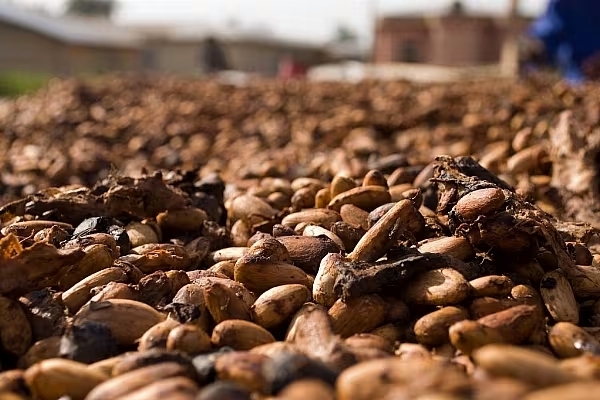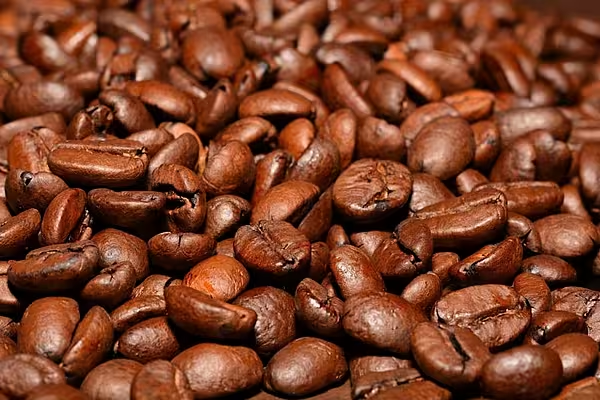Below-average rainfall last week in most of Ivory Coast's cocoa regions could weaken the last stages of the October-to-March main-crop harvest, although conditions remained favourable in some other regions, farmers said.
Ivory Coast, the world's top cocoa producer, is now in the dry season, which runs from mid-November to March. The north of is already experiencing Harmattan winds, which sweep in dust from the Sahara, harming cocoa pods and drying out the soil.
Farmers in the regions of Daloa in the centre-west, Man in the west and Bongouanou and Yamoussoukro in the centre said poor rainfall had left them concerned that young pods would not develop enough before the Harmattan arrived further south.
"It is very hot. We need at least one or two good rains before the Harmattan comes," said Albert N'Zue from Daloa, which accounts for a quarter of national output.
Below-Average Rainfall
Data collected by Reuters showed rainfall in Daloa was 2 millimetres (mm) last week, 5.1 mm below the five-year average.
Rainfall was also below average last week in the southern region of Divo, but farmers there remained confident because of good soil moisture content.
In the western region of Soubre, which lies at the heart of the cocoa belt, Agboville in the south and Abengourou in the east, rainfall was above average and farmers said they expected output to be better than last year.
"There are still many pods on the trees. These harvests will be bigger this year because we continue to have lots of rain and sun," said Kouassi Kouame from Soubre. The region recorded 43.5 mm fell last week, 26.3 mm above the five-year average.
Last week's average daily temperatures ranged from 26.5 to 29.7 degrees Celsius.











